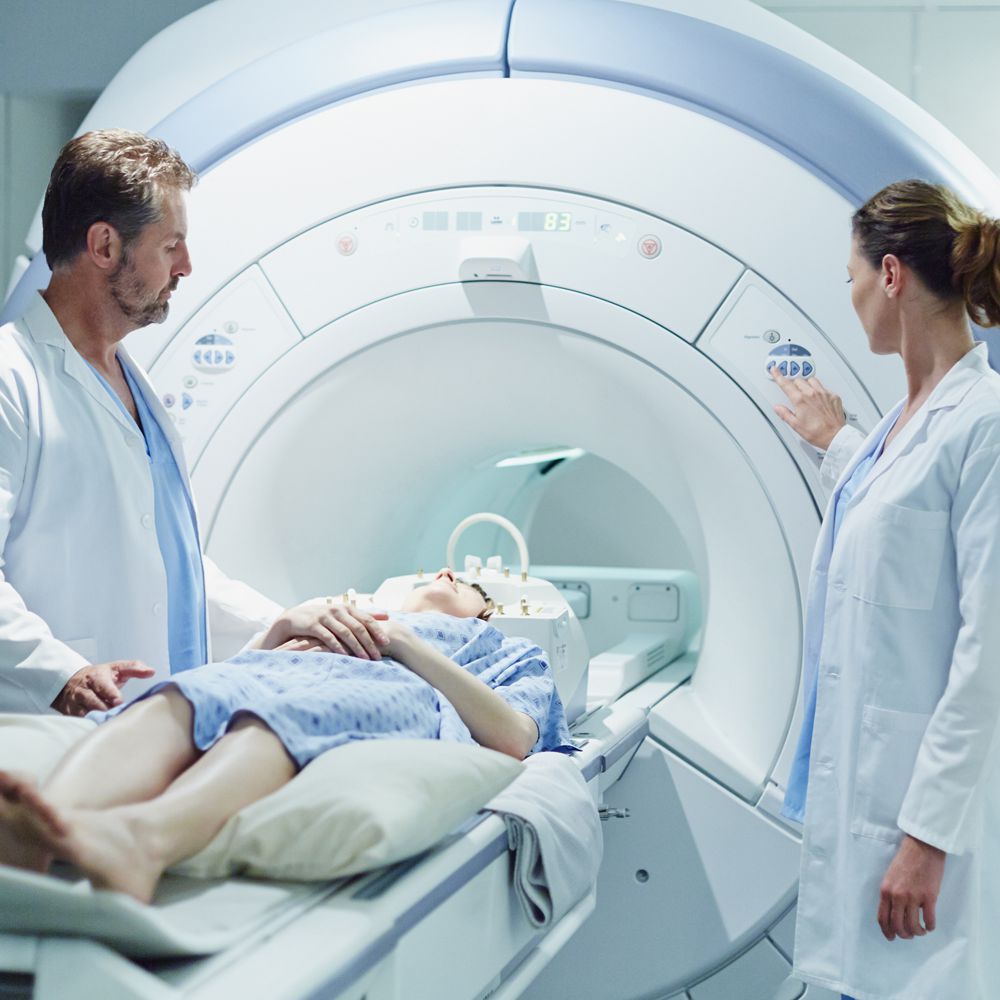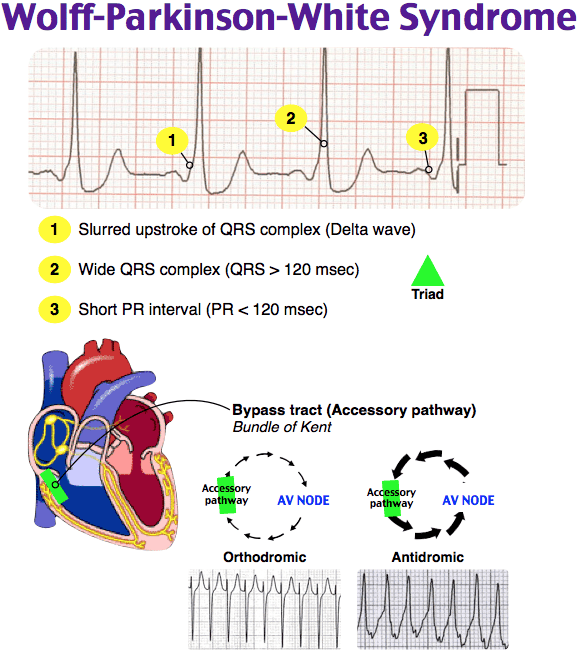Is Parkinsons Disease Inherited
Scientists have discovered gene mutations that are associated with Parkinsons disease.
There is some belief that some cases of early-onset Parkinsons disease disease starting before age 50 may be inherited. Scientists identified a gene mutation in people with Parkinsons disease whose brains contain Lewy bodies, which are clumps of the protein alpha-synuclein. Scientists are trying to understand the function of this protein and its relationship to genetic mutations that are sometimes seen in Parkinsons disease and in people with a type of dementia called Lewy body dementia.
Several other gene mutations have been found to play a role in Parkinsons disease. Mutations in these genes cause abnormal cell functioning, which affects the nerve cells ability to release dopamine and causes nerve cell death. Researchers are still trying to discover what causes these genes to mutate in order to understand how gene mutations influence the development of Parkinsons disease.
Scientists think that about 10% to 15% of persons with Parkinsons disease may have a genetic mutation that predisposes them to development of the disease. There are also environmental factors involved that are not fully understood.
Mood And Mental Problems
- Deal with depression. If you are feeling sad or depressed, ask a friend or family member for help. If these feelings dont go away, or if they get worse, talk to your doctor. He or she may be able to suggest someone for you to talk to. Or your doctor may give you medicine that will help.
- Deal with dementia. Dementia is common late in Parkinsons disease. Symptoms may include confusion and memory loss. If you notice that you are confused a lot or have trouble thinking clearly, talk to your doctor. There are medicines that can help dementia in people with Parkinsons disease.
How Is Parkinson’s Disease Diagnosed
Your doctor will ask questions about your symptoms and your past health and will do a neurological exam. This exam includes questions and tests that show how well your nerves are working. For example, your doctor will watch how you move. He or she will check your muscle strength and reflexes and will check your vision.
Your doctor also may check your sense of smell and ask you questions about your mood.
In some cases, your doctor will have you try a medicine for Parkinson’s disease. If that medicine helps your symptoms, it may help the doctor find out if you have the disease.
Tests
There are no lab or blood tests that can help your doctor know whether you have Parkinson’s. But you may have tests to help your doctor rule out other diseases that could be causing your symptoms. For example:
- An MRI or CT scan is used to look for signs of a stroke or brain tumor.
- Blood tests check for abnormal thyroid hormone levels or liver damage.
Another type of imaging test, called PET, sometimes may detect low levels of dopamine in the brain. These low levels are a key feature of Parkinson’s. But PET scanning isn’t commonly used to evaluate Parkinson’s. That’s because it’s very expensive, not available in many hospitals, and only used experimentally.
Also Check: Robert Wood Johnson Parkinson’s Disease Center
Blood Tests And Spinal Fluid Tests
A blood test or spinal fluid test cant be used to diagnose Parkinsons. But they can be used to search for certain proteins that indicate you may have another neurodegenerative condition with similar symptoms.
The presence of elevated levels of a nerve protein called neurofilament light chain protein may indicate that you have another movement disorder, such as:
- multiple system atrophy
Determining Diagnosis Through Response To Parkinsons Medication

If a persons symptoms and neurologic examination are only suggestive of Parkinsons disease or if the diagnosis is otherwise in doubt, the physician may, nevertheless, prescribe a medication intended for Parkinsons disease to provide additional information. In the case of idiopathic Parkinsons, there is typically a positive, predictable response to Parkinsons disease medication in the case of some related Parkinsonian syndromes, the response to medication may not be particularly robust, or it may be absent entirely.
Unfortunately, there are no standard biological tests for the disease, such as a blood test. However, researchers are actively trying to find biomarkers in blood and other bodily fluids that could help confirm the diagnosis.
Recommended Reading: What Is The Va Disability Rating For Parkinson’s Disease
Mri In Parkinson’s Testing
One of the more common tests done during a neurologic workup is an MRI scan and one may think that in the investigation of a disease that affects the brain such as Parkinsons, this imaging test would be a necessity. In the context of Parkinsons disease, however, an MRI is not particularly helpful. It looks at the structure of the brain which, for all intents and purposes, appears normal in this disease. An MRI may, however, be indicated when symptoms appear in younger people or if the clinical picture or the progression of symptoms is not typical for Parkinsons. In these situations, MRI can be used to rule out other disorders such as stroke, tumors, hydrocephalus , and Wilsons Disease .
Is There A Test For Parkinsons Disease
Currently, there is no single test for Parkinsons diseaseno brain scan or lab test can provide a definitive diagnosis of Parkinsons disease. Instead, doctors diagnose Parkinsons disease clinically, meaning a diagnosis is dependent on medical history, answers to certain questions, a physical examination, and the presence of specific physical symptoms.
Typically, the process for diagnosing Parkinsons disease follows these general steps:
Clinical diagnosis of Parkinsons disease, or any disease for that matter, relies heavily on the doctors judgment and expertise. Oftentimes, the patients symptoms, along with the neurological examination, are sufficient for determining the correct diagnosis, particularly for patients in the later stages of the disease. However, doctors may suggest further testing, such as brain imaging, to rule out any conditions that mimic the symptoms of Parkinsons disease .
Recommended Reading: Falls And Parkinson’s Disease
Managing Symptoms Through Healthy Living
If Its Not Parkinsons Disease What Could It Be
Here are some possibilities:
Side effects of medication: Certain drugs used for mental illnesses like psychosis or major depression can bring on symptoms like the ones caused by Parkinsonâs disease. Anti-nausea drugs can, too, but they typically happen on both sides of your body at the same time. They usually go away a few weeks after you stop taking the medication.
Essential tremor: This is a common movement disorder that causes shaking, most often in your hands or arms. Itâs more noticeable when youâre using them, like when you eat or write. Tremors caused by Parkinsonâs disease usually happen when youâre not moving.
Progressive supranuclear palsy: People with this rare disease can have problems with balance, which may cause them to fall a lot. They donât tend to have tremors, but they do have blurry vision and issues with eye movement. These symptoms usually get worse faster than with Parkinson’s disease.
Normal pressure hydrocephalus : This happens when a certain kind of fluid builds up in your brain and causes pressure. People with NPH usually have trouble walking, a loss of bladder control, and dementia.
Don’t Miss: Huntington’s Disease Vs Parkinson’s Disease
How Is Parkinsons Disease Diagnosed
Your doctor will ask questions about your symptoms and your past health and will do a neurological exam. This exam includes questions and tests that show how well your nerves are working. For example, your doctor will watch how you move. He or she will check your muscle strength and reflexes and will check your vision.
Your doctor also may check your sense of smell and ask you questions about your mood.
In some cases, your doctor will have you try a medicine for Parkinsons disease. If that medicine helps your symptoms, it may help the doctor find out if you have the disease.
Tests
There are no lab or blood tests that can help your doctor know whether you have Parkinsons. But you may have tests to help your doctor rule out other diseases that could be causing your symptoms. For example:
- An MRI or CT scan is used to look for signs of a stroke or brain tumor.
- Blood tests check for abnormal thyroid hormone levels or liver damage.
Another type of imaging test, called PET, sometimes may detect low levels of dopamine in the brain. These low levels are a key feature of Parkinsons. But PET scanning isnt commonly used to evaluate Parkinsons. Thats because its very expensive, not available in many hospitals, and only used experimentally.
Learn More About Parkinsons Disease: Overview
Also Check: Alcohol And Parkinson’s Disease
Imaging Tests For Parkinsons Disease
While no lab or imaging test can definitively diagnose Parkinsons disease, several helpful imaging tools can be used to support Parkinsons disease diagnosis.
For example, while not approved by the FDA for Parkinsons disease diagnosis, positron emission tomography scans are often used during the diagnostic process to rule out other conditions.
Individuals with Parkinsons disease experience dopamine deficits in the striatum resulting from the destruction of dopaminergic neurons located in the substantia nigra. A dopamine transporter scan , a specific single-photon emission computerized tomography scan, can be used to visualize the dopaminergic neurons.
For this test, a radioactive tracer is injected into the bloodstream, where it then circulates around the body, making its way to the brain. The drug binds to dopamine transmitters in the brain, producing detailed pictures of the dopamine system in the brain. Not everyone with suspected Parkinsons disease will require this test, but it can help distinguish between other functional movement disorders, such as essential tremor.
The Importance Of Early Diagnosis

Early detection and diagnosis is important because the treatments for PD are more effective in the early stages of the disease. In addition, physical therapy and exercise, which greatly improve symptoms and delay progression of the disease, are much easier to perform in the early stages.
Current diagnosis is made through the presence of motor symptoms however, researchers have found that by the time motor symptoms occur, over 60% of all dopamine neurons in the basal ganglia of the brain have been damaged. Non-motor symptoms become apparent in people with PD long before motor symptoms, including sleep disturbances and loss of the sense of smell.3
Active areas of research include looking for markers in the blood, urine, or cerebral spinal fluid that reliably detect PD, called biomarkers. In addition, brain imaging tests that have high sensitivity for detecting PD are also being actively researched.4
You May Like: Common Treatments For Parkinsons Disease
You May Like: Beginning Symptoms Of Parkinson’s Disease
What Are My Next Steps
If your doctor doesnt diagnose Parkinsons, they can help you find out what the best next step is depending on what condition they suspect. In some cases, treatment may be as simple as changing the dosage of a medication that may be leading to Parkinsons-like symptoms.
Receiving a Parkinsons diagnosis can be overwhelming. If your diagnosis is confirmed, contact a movement disorder specialist as soon as possible. A specialist can help you develop a strategy to delay the onset of more severe disease and manage symptoms youre already experiencing.
Recommended Reading: Prayer For Parkinsons Disease
What Tests Diagnose Parkinson’s Disease
There currently are no tests that can definitively diagnose Parkinsons Disease. A diagnosis is based on the clinical findings of your physician in combination with your report on the symptoms you are experiencing.
In situations where an older person presents with the typical features of Parkinsons and they are responsive to dopamine replacement therapy, there is unlikely to be any benefit to further investigation or imaging.
You May Like: Scan To Diagnose Parkinson’s
How Did My Dad Get Diagnosed With Parkinsons
Dad and I began our care journey closer to the beginning of his Parkinson diagnosis when I was so naive to believe all that was involved were shaky hands. Some of my Chinese patients living in the Dallas-Fort Worth area couldnt understand the English materials. I decided to translate the library contents into Chinese.
Also Check: Is Drooling A Sign Of Parkinsons Disease
Is Pd A Genetic Disease
A genetic cause of PD appears in only a very small number of cases, approximately 5%. While it may appear to run in families, researchers are looking at environmental factors shared by the family or community in addition to examining potential genetic links.
Several genetic markers have been associated with PD but having the marker does not mean a person will get PD. The vast majority of cases of Parkinson disease are from unknown causes.
Recommended Reading: Different Stages Of Parkinsons
You May Like: Hoarse Voice Parkinson’s Disease
Pd Diagnosis Disease Severity And Disease Progression
The diagnosis of PD is essentially clinical , and we believe that the clinical evaluation of patients will not be replaced by modern imaging techniques. Nevertheless, as pointed out earlier, misdiagnosis can approach 20% of cases . Recently, in line with the European Union, the U.S. FDA approved DAT scan as a diagnostic tool to help differentiate between PD and Essential Tremor. This is the only current FDA-approved subsidiary examination to aid in PD diagnosis.
The role of magnetic resonance imaging in the diagnosis of PD is still not fully established. Traditionally, it has been seen as a means to potentially exclude alternate diagnoses such as vascular parkinsonism, or more importantly , atypical forms of degenerative parkinsonism such as MSA or progressive supranuclear palsy . Traditional structural MRI findings of these latter diagnoses such as increased pallidal iron, rim of putaminal hyperintensity, hot cross bun sign and/or cerebellar atrophy in MSA or the hummingbird or penguin sign in PSP may not be reliable, particularly in early disease.
Figure 5. Multimodal MRI in PD. Differences are noted between patients with PD and controls through voxel-based analysis of R2, mean diffusivity, and fractional anisotropy maps.
-
Low dopamine transporter uptake in basal ganglia demonstrated by SPECT or PET imaging.*
Brent A. Vogt, in, 2019
Diagnosing Parkinsons Disease Accurately
Ensuring accurate diagnoses can be especially challenging when patients are in early stages of their conditions. Early accurate diagnosis is key for the development of preventative treatment options to slow progression of PD, DLB, and MSA. In addition, symptomatic treatment options will differ based on the diagnosis, and patients deserve an answer as soon as possible when facing these potential diagnoses. Patients who have an obvious or well established diagnosis do not need further testing, but for those whose diagnosis is unclear, the use of the Syn-One test can be extremely useful.
Advances such as the use of the Syn-One test as well as the DaTSCAN are just two of the ways that our work at PNI is helping improve the quality of life of our patients and our community.
Pacific Movement Disorders Center |
Dont Miss: Does Vitamin B12 Help Parkinsons
You May Like: Young Onset Parkinson’s Symptoms
How Is The Diagnosis Of Parkinsons Disease Made
Making an accurate diagnosis of Parkinsons disease can be complicated. Doctors must carefully weigh symptoms, family history and other factors to come to a conclusion. The standard diagnosis of Parkinsons disease right now is clinical, explain experts at the Johns Hopkins Parkinsons Disease and Movement Disorders Center.
Response To Parkinsons Drugs

After examining you, and depending on the severity of your symptoms, your specialist may suggest you take medication for Parkinsons. If your symptoms improve after taking Parkinsons medication for a few weeks or months, your specialist may confirm a Parkinsons diagnosis. However, some people with other forms of parkinsonism will also respond well to these drugs.
Your specialist may suggest you have a scan to help make a diagnosis. However, scans alone cant make a definite diagnosis of Parkinsons, so they are not commonly used.
Recommended Reading: Apda Parkinson’s Disease Handbook
Causes Of Early Onset Parkinsons Disease
Its unclear exactly what causes Parkinsons at any age. Genetic factors, environmental factors, or some combination of the two may play a role. This condition occurs when cells are lost in the part of the brain that produces dopamine. Dopamine is responsible for sending brain signals that control movement.
Certain genes are associated with early onset Parkinsons.
According to the National Parkinson Foundation, studies show that 65 percent of people with Parkinsons who experience onset before age 20 may do so because of a genetic mutation. This organization also suggests this mutation affects 32 percent of people who experience onset between age 20 and 30.
Environmental causes of the condition may include exposure to chemical toxins such as certain insecticides, fungicides, and herbicides.
The U.S. Department of Veterans Affairs recognizes Parkinsons as a disease caused by exposure to Agent Orange. Agent Orange is a synthetic chemical herbicide that was used to spray vegetation and trees during the Vietnam War.
You may have a higher risk of developing Parkinsons if you: